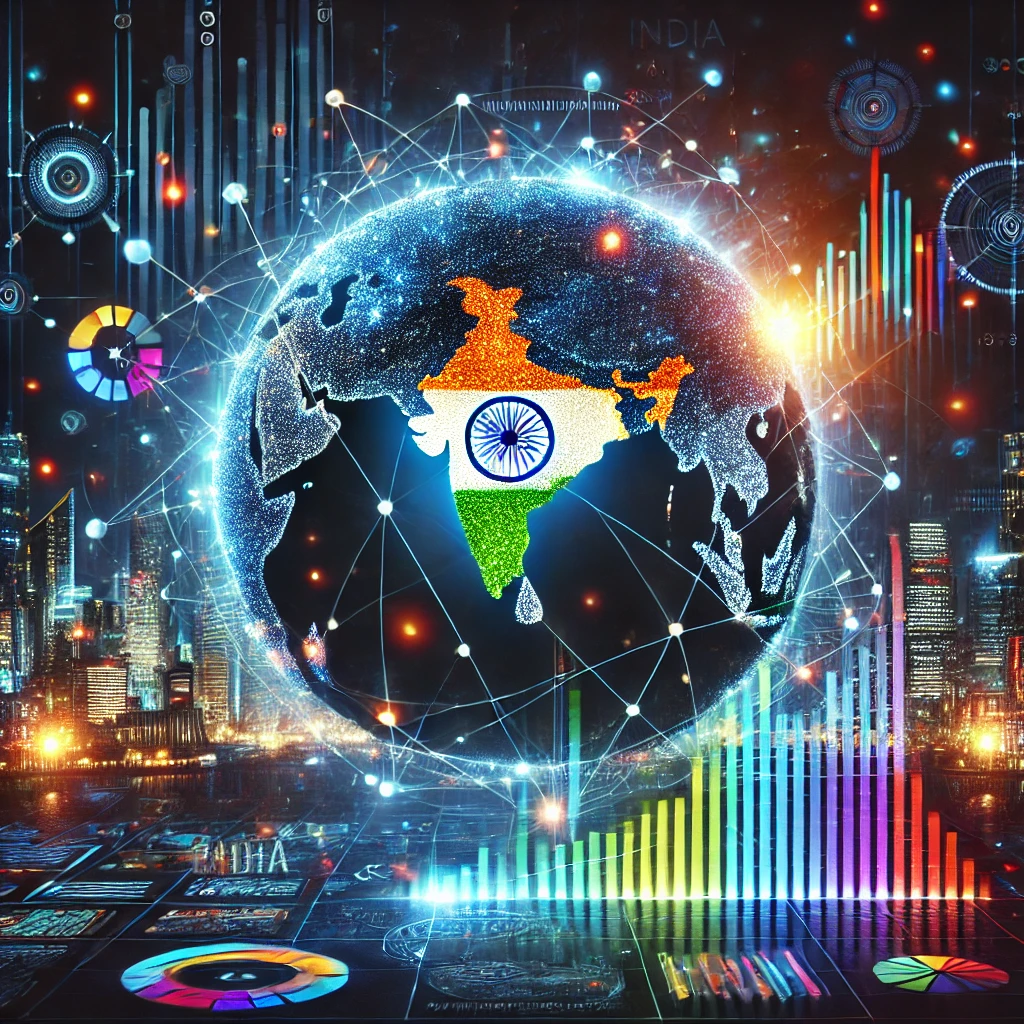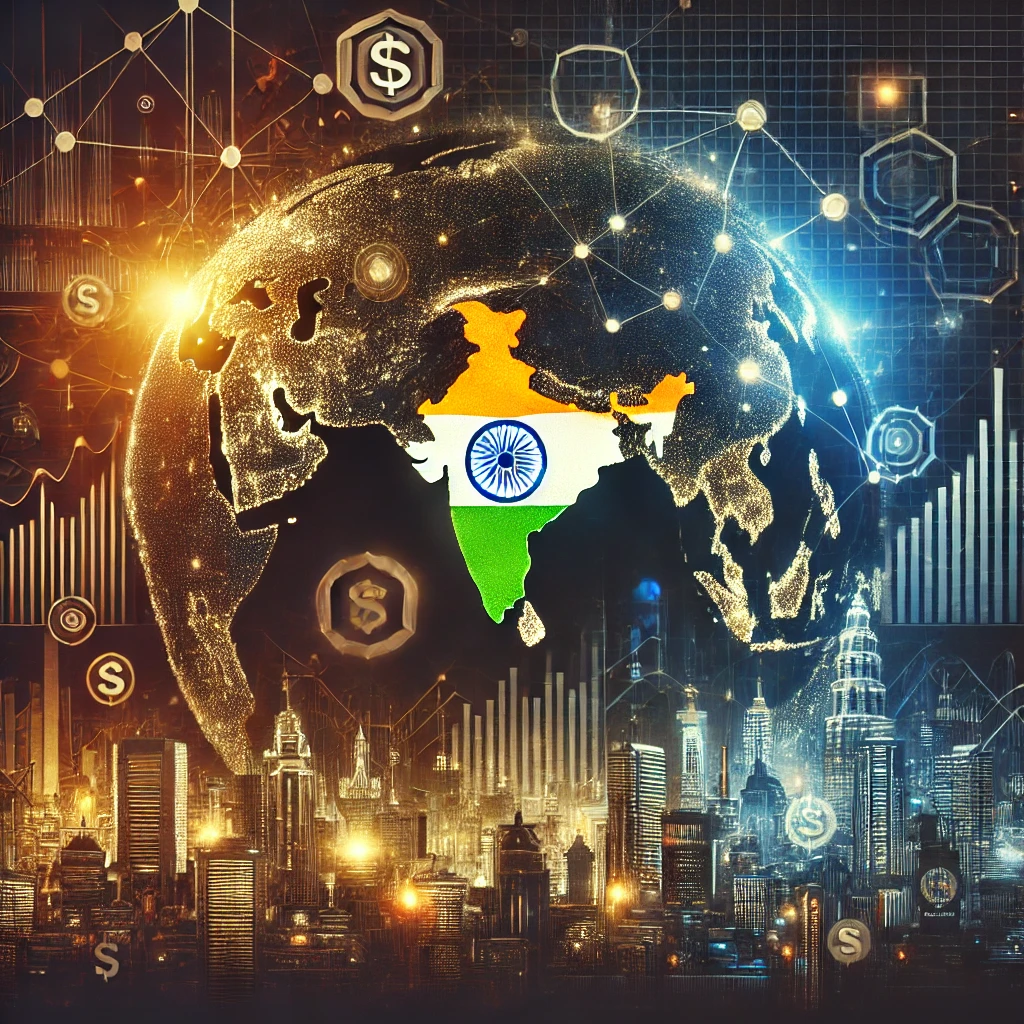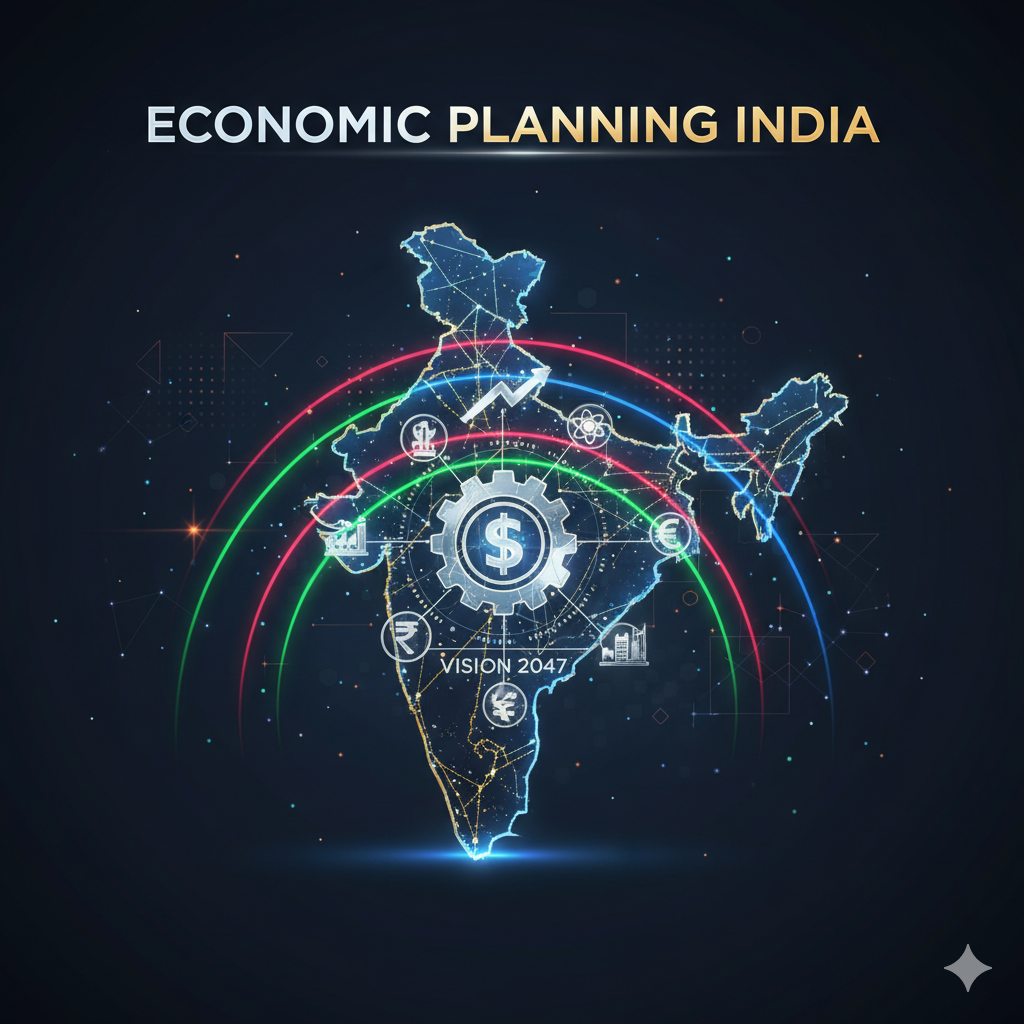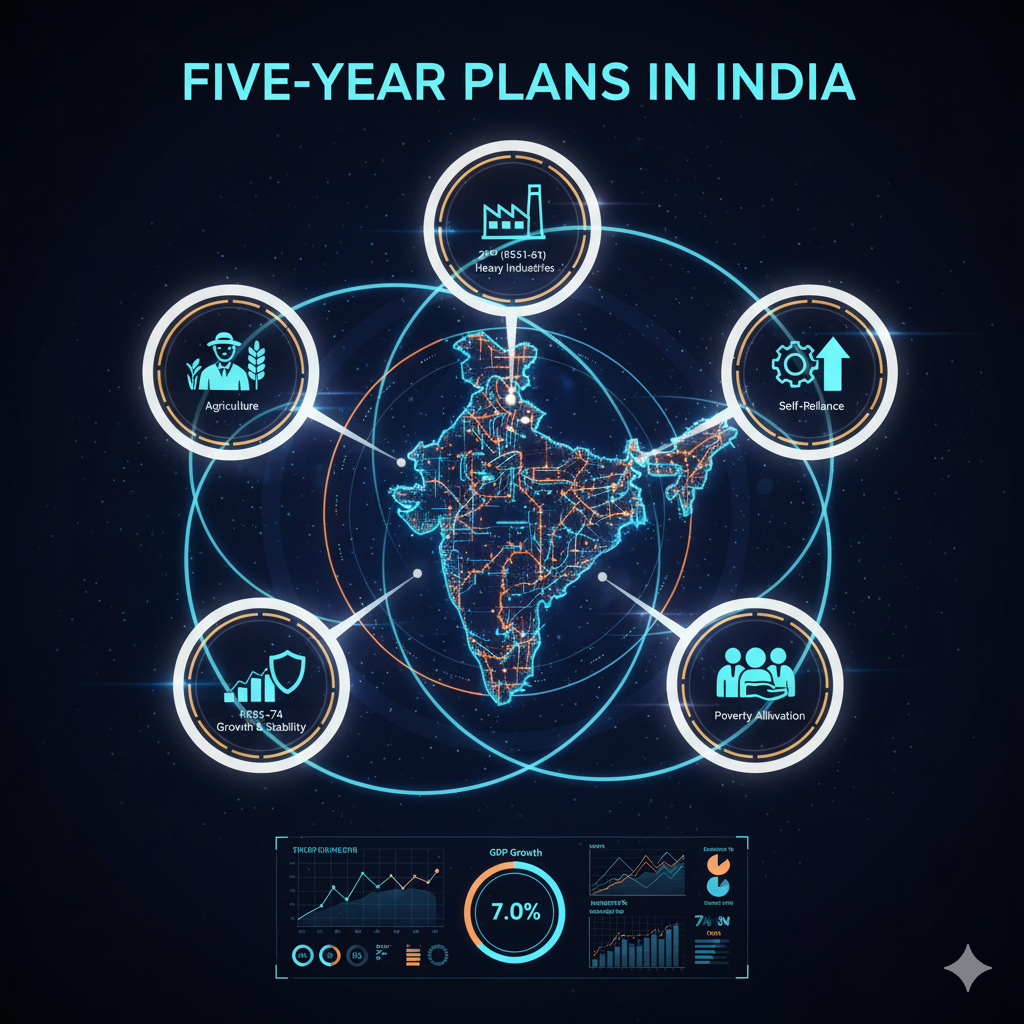Globalization has significantly influenced India’s economy since the economic liberalization of 1991. It has led to rapid economic growth, increased foreign investments, and expanded trade opportunities. Various sectors, including agriculture, industry, and services, have experienced profound transformations. While globalization has presented numerous opportunities, it has also posed challenges that India continues to address.
1. Understanding Globalization in the Indian Context
Globalization refers to the process of increased interconnectivity and interdependence among nations through trade, investment, technology, and cultural exchange. In India, globalization gained momentum after the 1991 economic reforms when the government adopted liberalization, privatization, and globalization (LPG) policies. These reforms aimed to reduce trade barriers, encourage foreign direct investment (FDI), and integrate India with the global economy.
2. Economic Growth and Development
Globalization has significantly contributed to India’s GDP growth. The country transitioned from a closed economy to an open market, attracting foreign capital and technology. Several multinational companies established operations in India, boosting industrial productivity, employment, and infrastructure development.
The key indicators of economic growth due to globalization include:
- Increase in GDP: India’s GDP has grown consistently since 1991, making it one of the fastest-growing economies in the world.
- Rise in FDI: Foreign Direct Investment inflows have increased substantially, with India becoming a preferred destination for global investors.
- Expansion of Trade: India’s exports have diversified, moving beyond traditional goods like textiles and spices to high-value sectors such as pharmaceuticals, IT, and automobile manufacturing.
3. Impact on Different Sectors
A. Agriculture Sector
Agriculture, which employs a significant portion of India’s population, has undergone both positive and negative changes due to globalization.
Positive Impacts:
- Technological Advancements: The introduction of modern farming techniques, genetically modified (GM) crops, and advanced irrigation systems has improved productivity.
- Market Expansion: Indian farmers now have access to international markets, increasing the demand for agricultural exports such as spices, tea, and organic products.
- Investment in Agribusiness: Globalization has led to increased investment in agribusiness, resulting in better storage, supply chain management, and food processing industries.
Negative Impacts:
- Dependence on Global Markets: Fluctuations in global demand and prices affect Indian farmers, making them vulnerable to economic uncertainties.
- Competition from Imports: Cheap agricultural imports have put pressure on local farmers, leading to distress in certain farming communities.
- Environmental Concerns: Increased use of chemical fertilizers and pesticides due to commercialized farming has led to soil degradation and health hazards.
B. Industrial Sector
The industrial sector has experienced a major transformation due to globalization. The liberalization policies have encouraged foreign companies to invest in Indian manufacturing, leading to increased production and job creation.
Positive Impacts:
- Growth of Manufacturing: Globalization has helped India become a manufacturing hub, with industries like automobile, electronics, and pharmaceuticals witnessing significant growth.
- Emergence of Special Economic Zones (SEZs): SEZs have attracted investments by offering tax incentives and infrastructure facilities.
- Improved Technology and Innovation: Foreign investments have introduced advanced technologies, improving industrial efficiency and product quality.
Negative Impacts:
- Decline of Small-Scale Industries: Small and medium enterprises (SMEs) struggle to compete with multinational corporations, leading to job losses.
- Overdependence on Foreign Technology: India’s reliance on foreign technology has sometimes hindered domestic innovation.
- Labor Exploitation: The pressure to compete globally has resulted in labor exploitation, including low wages and poor working conditions in certain industries.
C. Services Sector
The services sector has been the biggest beneficiary of globalization, contributing significantly to India’s GDP.
Positive Impacts:
- Growth of IT and BPO Industry: India has become a global leader in Information Technology (IT) and Business Process Outsourcing (BPO), providing services to multinational companies.
- Rise in Employment Opportunities: The expansion of the service industry has generated millions of jobs, especially in IT, telecom, banking, and finance.
- Tourism and Hospitality Growth: Increased global connectivity has boosted tourism, leading to higher foreign exchange earnings.
Negative Impacts:
- Job Polarization: While high-skilled professionals benefit from globalization, low-skilled workers often face job insecurity and stagnation in wages.
- Economic Disparity: The benefits of globalization in services are concentrated in urban areas, widening the rural-urban divide.

4. Social and Cultural Impact
Globalization has also had a profound impact on Indian society and culture.
Positive Changes:
- Cultural Exchange: Exposure to global cultures has influenced Indian lifestyle, fashion, and entertainment industries.
- Educational Advancements: Indian students now have access to international universities and online learning platforms.
- Empowerment of Women: Increased job opportunities in IT and corporate sectors have contributed to women’s empowerment.
Negative Changes:
- Loss of Indigenous Traditions: Western influence has led to the dilution of traditional practices and languages.
- Consumerism: Increased consumerism has led to changing spending habits and a shift towards materialistic lifestyles.
5. Challenges and the Way Forward
While globalization has fueled economic progress, India faces several challenges that must be addressed:
Challenges:
- Income Inequality: Economic growth has not been evenly distributed, leading to disparities between urban and rural populations.
- Environmental Issues: Rapid industrialization and urbanization have resulted in pollution, deforestation, and climate change concerns.
- Job Security: Automation and outsourcing have led to job losses in certain industries.
- Dependency on Foreign Markets: India’s economy is influenced by global economic fluctuations, making it vulnerable to external shocks.
The Way Forward:
- Sustainable Development: Emphasizing green technology, renewable energy, and eco-friendly industrial practices.
- Strengthening Domestic Industries: Encouraging “Make in India” initiatives to boost domestic manufacturing and reduce reliance on foreign imports.
- Skill Development: Investing in education and vocational training to equip the workforce with skills relevant to global markets.
- Balanced Trade Policies: Implementing policies that protect domestic industries while promoting international trade.
Conclusion
Globalization has played a crucial role in shaping India’s economic landscape. It has driven growth in agriculture, industry, and services while creating employment and improving living standards. However, it has also presented challenges such as income disparity, job insecurity, and environmental concerns. Moving forward, India must adopt balanced policies to maximize the benefits of globalization while mitigating its negative effects. By focusing on sustainable growth, inclusive development, and technological advancements, India can continue to thrive in the global economy.




